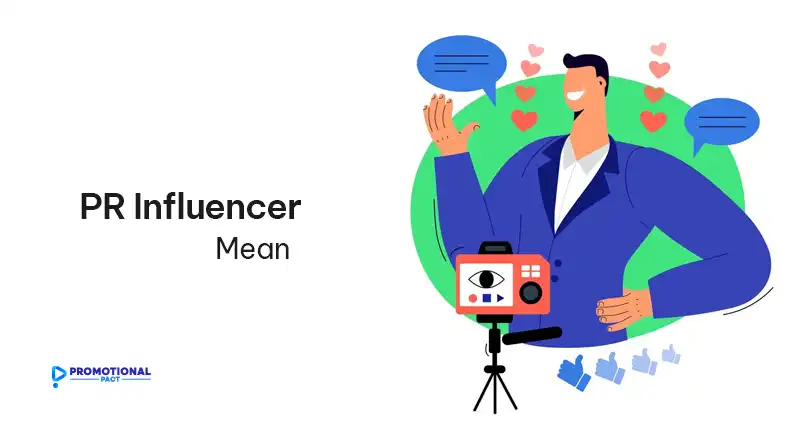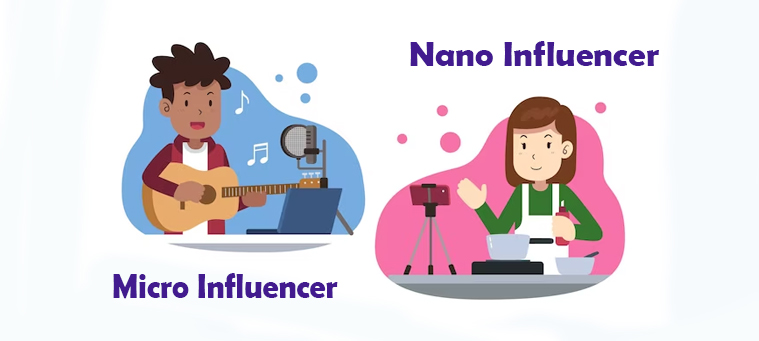Public relations (PR) influencers have become a cornerstone for brands looking to shape their public image and manage reputations. But what exactly is a PR influencer, and how can businesses effectively leverage them for success? In this article, we will explore the concept of PR influencers and provide a detailed guide on how brands can strategically take advantage of this modern PR asset.

What Is a PR Influencer?
At its core, a PR influencer is someone who holds the power to sway the opinions and perceptions of their audience. Unlike traditional influencers who primarily promote products or services, PR influencers work to build, maintain, or repair a brand’s image. They can be experts in a specific niche, thought leaders, or even social media personalities with credibility in certain areas.
The key difference between a PR influencer and other influencers lies in their focus. Instead of driving immediate sales, PR influencers focus on long-term brand credibility and public perception. They are an integral part of a company’s reputation management strategy.
Types of PR Influencers
PR influencers can be categorized into different types based on their audience size and specialization:
Micro-Influencers
Micro-influencers have smaller audiences, typically between 10,000 and 50,000 followers, but their content resonates deeply with their niche audience. Brands that work with micro-influencers benefit from higher engagement rates. In fact, according to a survey by Influencer Marketing Hub, micro-influencers tend to generate 60% higher engagement rates than macro-influencers.
Micro-influencers are ideal for brands that want to build strong, loyal communities, as they are often seen as more authentic and relatable.
Macro-Influencers
Macro-influencers usually have between 100,000 and 1 million followers. They can drive significant exposure for a brand and are particularly useful for large-scale campaigns. However, while their reach is wider, engagement rates tend to be lower compared to micro-influencers. Their role in PR campaigns is to boost brand awareness on a broader scale.
Celebrity Influencers
Celebrities, with millions of followers, have historically played a significant role in PR strategies. While their involvement can bring immediate visibility, their ability to connect on a personal level is often weaker compared to niche influencers.
How PR Influencers Differ from Marketing Influencers
The main distinction between PR influencers and marketing influencers is the end goal. Marketing influencers typically work on campaigns designed to increase sales. Their key performance indicators (KPIs) often include conversion rates, clicks, and purchases.
PR influencers, however, focus on shaping opinions, boosting brand credibility, and managing public perception. Their success is measured in terms of earned media value, positive sentiment, and long-term loyalty.
When brands are in the process of selecting between these types of influencers, it’s important to decide whether their focus is on driving short-term revenue or enhancing the overall brand image.
The Role of PR Influencers in Modern Public Relations
PR influencers play a crucial role in modern public relations, acting as bridges between brands and the public. Their influence is multifaceted, encompassing brand awareness, trust-building, and even crisis management.
Building Brand Credibility
PR influencers lend authenticity to a brand’s image, especially in industries where consumer trust is key. For instance, 92% of people trust recommendations from individuals over brands (according to Nielsen). PR influencers help companies build that trust by sharing honest feedback or testimonials.
Managing Public Perception
In times of crises, PR influencers can help steer public opinion back in favor of a brand. A great example is how some airlines have worked with influencers to restore trust after flight disruptions or safety concerns. By engaging influential voices, they were able to regain customer loyalty and positive media coverage.
Amplifying PR Messages
When companies launch a new product or initiative, PR influencers help spread the message more effectively. Traditional press releases, when combined with influencer amplification, can reach wider audiences and generate more authentic engagement.
How to Take Advantage of PR Influencers
Understanding the value of PR influencers is only part of the equation. Brands also need to know how to leverage them to their advantage:
Choosing the Right Influencer
Selecting the right PR influencer involves analyzing factors such as audience demographics, engagement rates, and the influencer’s credibility in your industry. Tools like BuzzSumo and Upfluence allow brands to discover influencers whose values and audiences align with their goals. A report from Tomoson found that businesses generate $6.50 in revenue for every $1 spent on influencer marketing, proving that choosing wisely can lead to a high ROI.
Establishing a Long-Term Relationship
PR influencers thrive on authenticity and long-term collaboration. Building a relationship with an influencer over time enables a brand to develop more genuine messaging. Unlike transactional marketing campaigns, PR influencer partnerships should focus on long-term goals such as brand reputation, audience loyalty, and ongoing trust.
Leveraging Their Content
Brands can also benefit from reusing PR influencer content. Whether it’s a testimonial, a product review, or a feature story, repurposing influencer content on your own platforms—such as websites, blogs, or social media channels—can increase the content’s longevity and reach.
Benefits of Working with PR Influencers
Working with PR influencers can bring numerous benefits to your brand:
Improved Brand Reputation
PR influencers offer credibility, helping brands establish themselves as trustworthy. According to Edelman’s 2022 Trust Barometer, trust in traditional advertising is declining, while trust in influencers and peer recommendations is on the rise.
Increased Media Coverage
PR influencers often amplify their own content, which can result in earned media coverage. Brands may find that their messages are picked up by traditional media outlets as well, giving campaigns a wider audience.
Better Audience Connection
Because influencers speak directly to their audience, their messaging often feels more authentic. This authenticity leads to stronger engagement and a better connection between the brand and its customers.
Challenges in PR Influencer Marketing
Despite their advantages, working with PR influencers comes with its own set of challenges:
Trust Issues
Trust can become an issue if audiences feel that influencers are endorsing brands solely for financial gain. Brands must ensure that influencers remain authentic and transparent about their relationships.
ROI Measurement
It can be difficult to measure the impact of a PR influencer campaign compared to direct sales-focused marketing. Metrics such as sentiment analysis, share of voice, and media value are used, but they require careful tracking.
Influencer Fatigue
Too many campaigns featuring influencers may lead to audience burnout, where consumers begin to ignore influencer content.
Wrapping Up
PR influencers have become an indispensable asset for brands aiming to maintain a positive image and build trust with their audiences. By carefully selecting the right influencers, fostering long-term relationships, and leveraging their content, brands can take full advantage of the power of PR influencers in today’s digital age. Whether you’re a small business looking to gain traction or a well-established brand seeking to maintain your reputation, PR influencers can help amplify your message and strengthen your public relations efforts.

